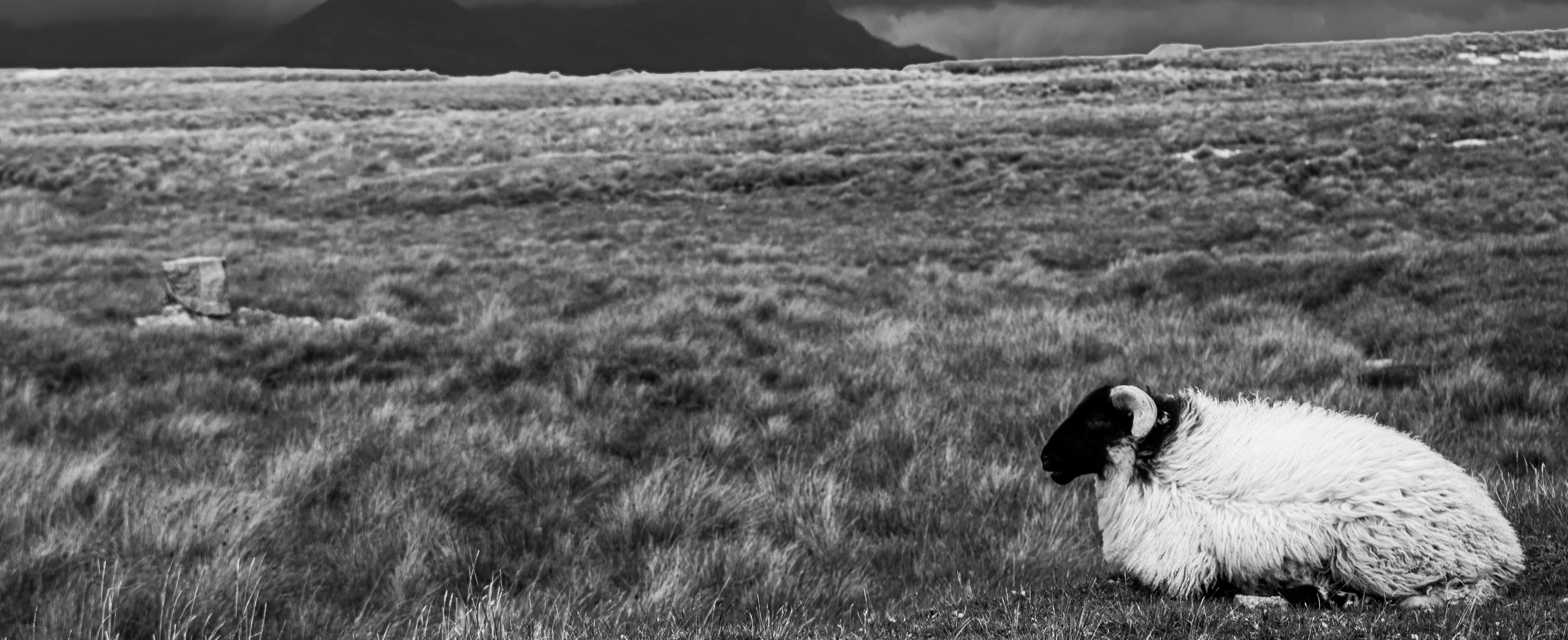Abstract
The cultural politics of visibility are complex and contradictory when it comes to nonhuman animals. To help interrogate and unpack the challenges, this paper concentrates on documentary film, and particularly Canadian filmmaker Liz Marshall’s The Ghosts in our Machine (2013).Ghosts follows the aesthetic politics of the film’s primary human subject, photographer Jo-Anne McArthur, as she conducts a campaign of guerrilla espionage and compiles a vast photographic record of the largely invisible suffering inflicted on a wide range of animals. As a result, the film develops through an interwoven helix of two visual media: filmmaking and photography. The meaning of sight is a visual trope in the film that not only serves to confront the viewer with McArthur and Marshall’s visual record of animal cruelty, but also as a lens that encourages viewers to recognize interspecies (in)visibilities beyond the screen and the necro-economic foundation of contemporary capitalism. I use this film as a window into the cultural politics of sight, and as a way to illuminate the challenges and possibilities of fostering interspecies empathy.
Keywords: film studies, animal studies, documentary film, animals and culture, empathy
How to Cite:
Drew, J., (2016) “Rendering Visible: Animals, Empathy, and Visual Truths in The Ghosts in Our Machine and Beyond”, Animal Studies Journal 5(2), 202-216.
Downloads:
Download PDF
455 Views
1590 Downloads

